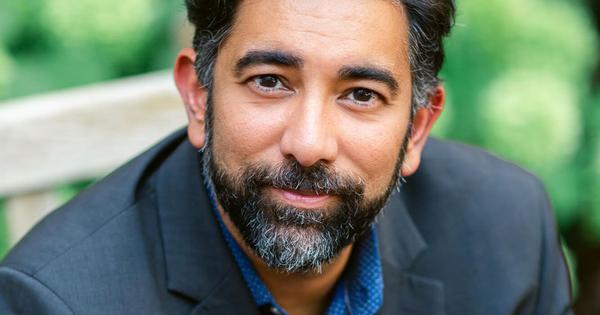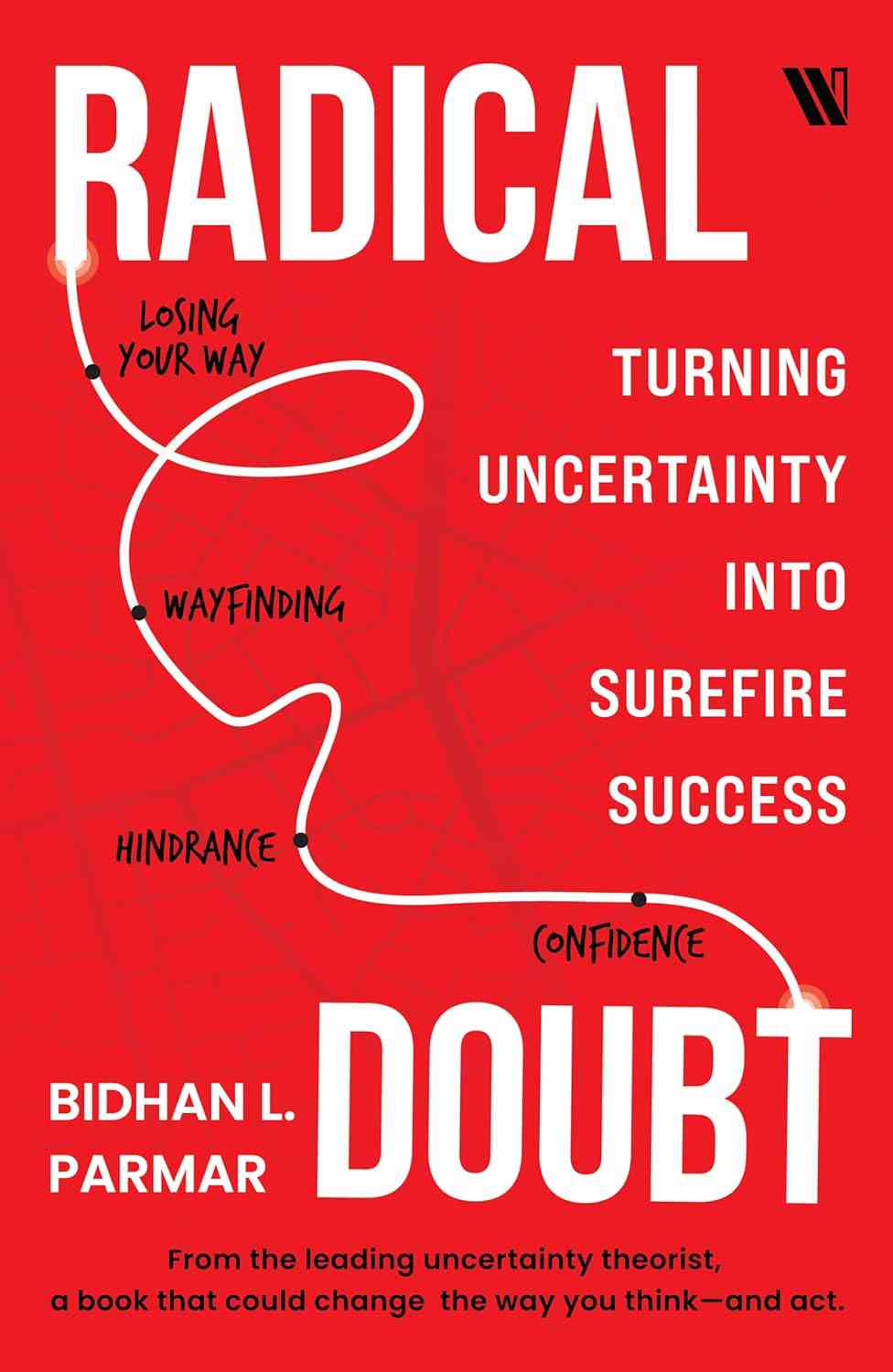
I once met a colleague across campus who introduced me to a faculty friend. Within two minutes of learning what I do, the faculty member tried to convince me that researching and teaching ethics is a waste of time. This faculty member believed that humans are fundamentally self-interested and that I was confusing my business students by talking about fairy tales like morality and cooperation. According to them, the sooner we prepare students to live in an unjust world, the better.
Similarly, I’ve met faculty at conferences who teach their students that every workplace and every industry is a fierce competition. So, they should focus on accumulating resources and influence to get ahead. The courses most of these faculty teach are packed with valuable lessons on winning friends, crushing competitors, and power-posing yourself into a greater wealth of resources. I’m not questioning the value of these skills (and by now, it’s clear to everyone that I could certainly benefit from learning how to make a friend). Still, these classes rarely mention how to acquire resources ethically or use them responsibly. I worry that these courses might inadvertently encourage business students to do almost anything to get ahead, with no reservations about taking the rest of the world down in the process.
Finally, I’ve sat through meetings where people opine that ethics is nothing more than virtue signaling. They point out one surface-level inconsistency and then escalate to argue that ethics doesn’t exist. For example, if we think lying is wrong in general, but we tell a white lie to avoid hurting someone’s feelings, then we’re hypocritical, which somehow shows that ethics and morality are myths. These folks think of an ethical person as someone who sacrifices everything to be consistent with a single value or rule. If human beings are inconsistent in any way, then ethics must only be a way to disguise self-interest.
Despite being ripped straight from Bond villain monologues, these perspectives are either implicitly or explicitly taught at universities and business schools around the world. Views of human nature rooted in selfishness don’t reflect the latest science, and they enable oversimplified responses in moments of doubt that involve taking risks to help others. If we believe that most people won’t help, then it’s easier to rationalise when we don’t. Each of these perspectives assumes that selfishness and selflessness sit on a single continuum, meaning that there’s always an inherent tradeoff between your interests and the interests of others.
So, who’s right? Should we train our students to assume that human nature is unfair, unjust, and cruel, and that they should be ready to take what they can for themselves? Should we help them see and bring about the potential, however fragile it might be, for a better world?
Let’s imagine a simplified set of outcomes of a choice; for example, (I don’t know, just randomly), should you help someone by taking a personal risk (depicted in the above figure)? Let’s say you decide to help. As a result, there can be four broad categories of outcomes:
-
First, you can bear a cost, and others benefit, like if you get fired for saying something to the male doctors, but the new surgeon benefits because inappropriate comments stop (Quadrant 1).
-
Second, you could benefit, and the other person could bear the cost, like if you gain a positive reputation for helping, but the new surgeon must now sit through endless hours of unwelcome investigations (Quadrant 4).
-
Third, there’s an outcome where both parties lose, like if nothing gets better and you both are ostracised by the other doctors (Quadrant 3).
-
Finally, both parties could end with a net benefit; for example, if you are recognised and thanked for speaking up, the juvenile comments stop, and you and all the surgeons have a stronger relationship (Quadrant 2).
When I show my students this figure and ask them which quadrant seems most ethical, most say Quadrant 1, where a person incurs costs to benefit someone else. But, after a few minutes, some students will argue that Quadrant 4 can also be ethical because you have obligations to yourself, like developing your skills and satisfying your values. You might not report the doctors’ comments if there are high costs for the new surgeon; therefore, under some circumstances, it could be justifiable to stay silent.
The faculty who focus on teaching hard truths seem to believe that we should train and prepare students to work in Quadrant 4 because they think most people take from others to enrich themselves. They seem to believe I am interested in the opposite, pushing students into Quadrant 1, where they consistently bear costs to help others. If you think everyone else is selfish, then that would seem like an irrational strategy. However, I think that depending on specifics, Quadrants 1, 2, and 4 all involve different values and responsibilities and could be justifiable. We must be able and willing to play in all three, knowing their strengths and weaknesses and when to switch from one to another.
A weakness of playing in Quadrants 1 and 4 all the time is that they are unsustainable. We can’t always sacrifice our interests to help others without any benefit (like the nurse who gives up his own health to aid others), nor can we continually impose costs on others to get what we want (like the executive who criminally raises the price of lifesaving drugs and buys a Wu-Tang Clan album). Ironically, if everyone tried to benefit themselves by externalising costs on others, we’d inadvertently land in Quadrant 3, where we’re all worse off. Quadrant 2, where both parties benefit, is the most sustainable. Some even argue that the primary function of oxytocin is to create benefits for both parties; for example, a mother feels love, and a child gets care. A problem with Quadrant 2 is that it is hard to decipher a person’s motive and intention in a single snapshot, and thus, it is hard to know how much you should trust them in the future. Did you choose to help because you really care about me or because you benefit from helping? No one wants to be set up to fail or to be taken advantage of because they trusted someone they shouldn’t have. But we should acknowledge that the opposite error is also costly; we can distrust people we should have trusted, leaving value on the table. Quadrants 1 and 4 seem like they offer clearer signals about a person. We feel like we have more predictive information about their future behavior. But we may be overgeneralizing from a single snapshot.
Critically, the set of outcomes in this matrix (and current scientific evidence) demonstrates that self-interest and interest in others can be independent rather than at the end of a single continuum. Indeed, our group psychology suggests that we are sometimes so deeply connected to others (particularly our families, friends, and favorite groups) that the very distinction between self and other becomes blurred. The role of oxytocin in modulating the Pursue System means that helping those we are connected to and seeing them benefit can feel just as good (if not better than) obtaining personal benefits.
The debate about human nature is hard to settle in the abstract because human beings are complex—we have personal interests, and our interests are connected to others, like when we feel that unique joy of seeing those we care about succeed (called mudita in Sanskrit). Like with all abstractions, we generalise from specific cases to meet our goals. If you want to protect your students (and yourself) against being taken advantage of, you might overgeneralize cases of selfishness. “The world is selfish and cruel – Mother knows best!” On the other hand, if you want to promote trust, you might highlight the potential for reciprocity: “People can be kind and helpful.” When we can pick and choose our examples, the debate is impossible to settle. Still, it’s more answerable about a specific company, group, or person, because we can collect information to triangulate their motives and better assess the benefits and risks of cooperating with them.
One strategy to consider is spending as much time in Quadrant 2 as possible, surrounding yourself with as many others who agree. Indeed, research shows that “givers” prosper when they’re around other “givers” rather than when they’re surrounded by “takers.”57 Despite your best efforts, you must be intentional and careful if you find yourself forced to play in Quadrant 1 or 4. In those cases, just like with all the moments of doubt in this book, you need to understand the benefits and risks in detail, be ready to justify your choices, mitigate any harm caused, and look for ways to rebalance the scales across future choices. I don’t know if that’s convincing to those tough-love faculty, who see the bright side as blinding, but I’m not ready to stop practising my mentalising powers.
I’ll keep trying to understand their perspectives and find more nuanced and useful understandings of when we can and do help others.
Choosing when and how to help can be easy when we don’t feel connected to the recipients, or when we do. However, when we aren’t sure or if we feel pulled in different directions, we can begin by being more intentional about our mentalizing. If long-standing evidence suggests that oxytocin can increase mentalizing, then more recent evidence shows that it’s a two-way street. When we take the time to understand someone’s perspective, our levels of oxytocin increase as a result. Thus, we can use our attentional flashlight carefully, ensuring we understand our counterparts (Will this specific person appreciate and reciprocate my helping or not? How do I know?) and consider the specific potential of moving from Quadrant 3 to Quadrant 4. (Have we carefully considered all the ways we could personally benefit from helping?) For example, will speaking to the male doctors increase my ability to stand up for what I believe in? Will I feel proud of my actions? Too often, we can quickly assume that helping is costly and underestimate the benefits to ourselves.
When making choices where helping is costly, we fall back on our beliefs about human nature. Are people inherently selfish? Do people genuinely care about others? The latest research from evolutionary psychology, including how oxytocin works, suggests that the best and worst of our species’ behaviour hinges on our ability to attribute three-dimensional humanity to others, to see them as protagonists of their own stories rather than caricatures and two-dimensional set decoration in our own. Though there are real limits to our helping, when we find ways of connecting with the humanity of those who are different or distant, we can help enlarge the circle of who counts as “us” and shrink the circle of who counts as “them.”

Excerpted with permission from Radical Doubt: Turning Uncertainty into Surefire Success, Bidhan L Parmar, Westland.
📰 Crime Today News is proudly sponsored by DRYFRUIT & CO – A Brand by eFabby Global LLC
Design & Developed by Yes Mom Hosting






